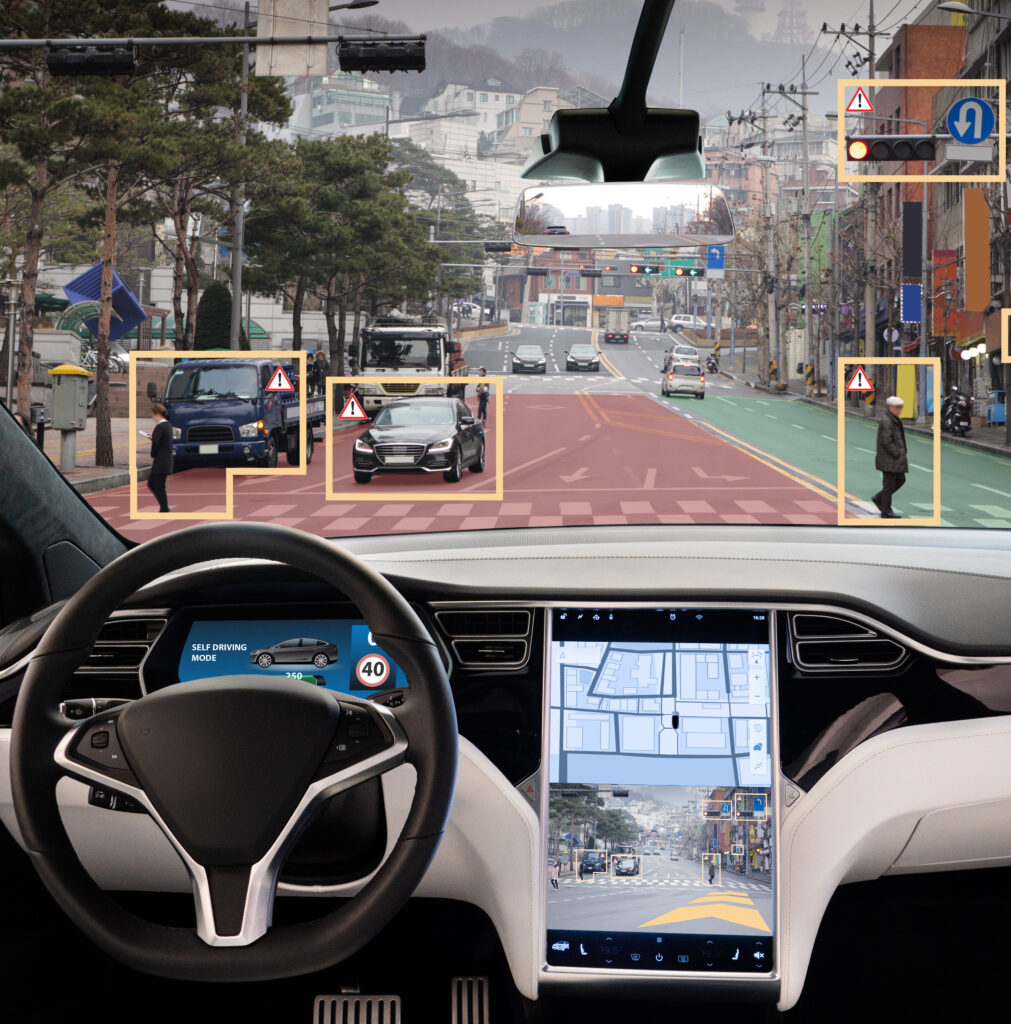
Analysis and Modelling of Road-User Behaviour
17 – 22 August 2025
This summer school teaches about the critical role of road-user behaviour in a safe transport system. The school will focus on the potential for new technology (e.g., advanced driving assistance systems, automated driving) to improve safety for all road users by predicting human behaviour.
Keywords: active safety systems, automated vehicles, crash causation, human behaviour modelling, naturalistic data, safety assessment, vulnerable road users
This summer school is organised by Prof. Marco Dozza (Chalmers) and Prof. Jonas Bärgman (Chalmers)
Location
Chalmers University of Technology, Gothenburg, Sweden
Participants
Expenses
Requirements
Curriculum vitae & publication list
Letter of motivation
Letter of recommendation (optional)
Supervisor approval (only for PhD students from Chalmers only)
Road crashes are a global concern: the World Health Organization estimates that approximately 1.3 million road fatalities occur worldwide every year—and road crashes are currently the leading cause of death for people aged 5–29 years. Further, unprotected road users (e.g., pedestrians and cyclists) are overrepresented in crash statistics. The current situation calls for more research investigating road-user behaviour, to support the design of active safety systems and driving automation systems that may help improve safety. With the aim to enhance knowledge on this topic, on successful completion of this school, graduates should be able to:
- Explain the importance of analysing and modelling road-user behaviour to improve road safety.
- Illustrate different approaches to modelling road-user behaviour for system development.
- Compute relevant quantitative and qualitative metrics in order to analyse and model road-user behaviour.
- Identify and experience the challenges in the analysis of real-traffic data from naturalistic studies.
- Compare the currently available tools for the virtual evaluation of active safety systems.
Learning Objectives
With the aim to enhance knowledge on this topic, on successful completion of this school, graduates should be able to:
- Explain the importance of analysing and modelling road-user behaviour to improve road safety.
- Illustrate different approaches to modelling road-user behaviour for system development.
- Compute relevant quantitative and qualitative metrics in order to analyse and model road-user behaviour.
- Identify and experience the challenges in the analysis of real-traffic data from naturalistic studies.
- Compare the currently available tools for the virtual evaluation of active safety systems.
Programme
| Sunday 17th August | Monday 18th August | Tuesday 19th August | Wednesday 20th August | Thursday 21th August | Friday 22nd August | |
|---|---|---|---|---|---|---|
|
8:00-9:00 |
Lecture 1: Introduction: crash prevention and road-user behaviour |
|
Lecture 4: Theoretical framework for modelling road user behaviour |
Lecture 6: Modelling of road user behaviour examples 2 |
Lecture 9: Assessment of safety benefits associated to the introduction of active safety systems |
|
| 9:00-10:00 |
Lecture 1: crash prevention and road-user behaviour |
Lecture 3: Naturalistic, test-track, and simularor data for analysis, modelling, and safety-assessment of road-user behaviour |
Lecture 4: Theoretical framework for modelling road user behaviour |
Lecture 6: Modelling of road user behaviour examples 2 |
Lecture 9: Assessment of safety benefits associated to the introduction of active safety systems |
|
| 10:00-11:00 |
Network building activity 1: Introduce yourself and your own work |
Lecture 3: Naturalistic, test-track, and simularor data for analysis, modelling, and safety-assessment of road-user behaviour |
Lecture 5: Modelling road user behaviour: examples 1 |
Lecture 7: Countermeasures targeting road-user behaviour with focus on active safety |
Network building activity : Presentation of group work |
|
| 11:00-12:00 |
Network building activity 1: Introduce yourself and your own work |
Lecture 3: Naturalistic, test-track, and simularor data for analysis, modelling, and safety-assessment of road-user behaviour |
Lecture 5: Modelling road user behaviour: examples 1 |
Lecture 7: Countermeasures targeting road-user behaviour with focus on active safety |
Network building activity : Presentation of group work |
|
| 12:00-13:00 | Lunch | Lunch | Lunch | Lunch | Lunch | |
| 13:00-14:00 |
Lecture 2: Quantitative and qualitative measures of driver behaviour |
Exercise 2: Analysis of naturalistic data |
Network building activity : Group work session 2 |
Lecture 8: Vulnerable road users and micromobility |
|
|
| 14:00-15:00 |
Lecture 2: Quantitative and qualitative measures of driver behaviour |
Exercise 2: Analysis of naturalistic data |
Visit to the World of Volvo (www.worldofvolvo.com) |
Micromobility demo |
|
|
| 15:00-16:00 |
Exercise 1: Quantitative and qualitative measures of driver behaviour |
Network building activity: Group work session 1 |
Visit to the World of Volvo (www.worldofvolvo.com) |
Network building activity: Group work session 3 |
||
| 16:00-17:00 |
Welcome reception and presentation of the summer school, VEAS, second floor M-building |
Exercise 1: Quantitative and qualitative measures of driver behaviour |
Network building activity: Group work session 1 |
Visit to the World of Volvo (www.worldofvolvo.com) |
Network building activity: Group work session 3 |
|
| 17:00-18:00 | Welcome reception and presentation of the summer school, VEAS, second floor M-building |
Social dinner, New Dehli, Vasagatan 4, 411 24 Göteborg |
||||
| 18:00-19:00 |
Social dinner, New Dehli, Vasagatan 4, 411 24 Göteborg |
|||||
| 19:00-20:00 |
Social dinner, New Dehli, Vasagatan 4, 411 24 Göteborg |
The times in the schedule refer to the Central European Summer Time (CEST).
